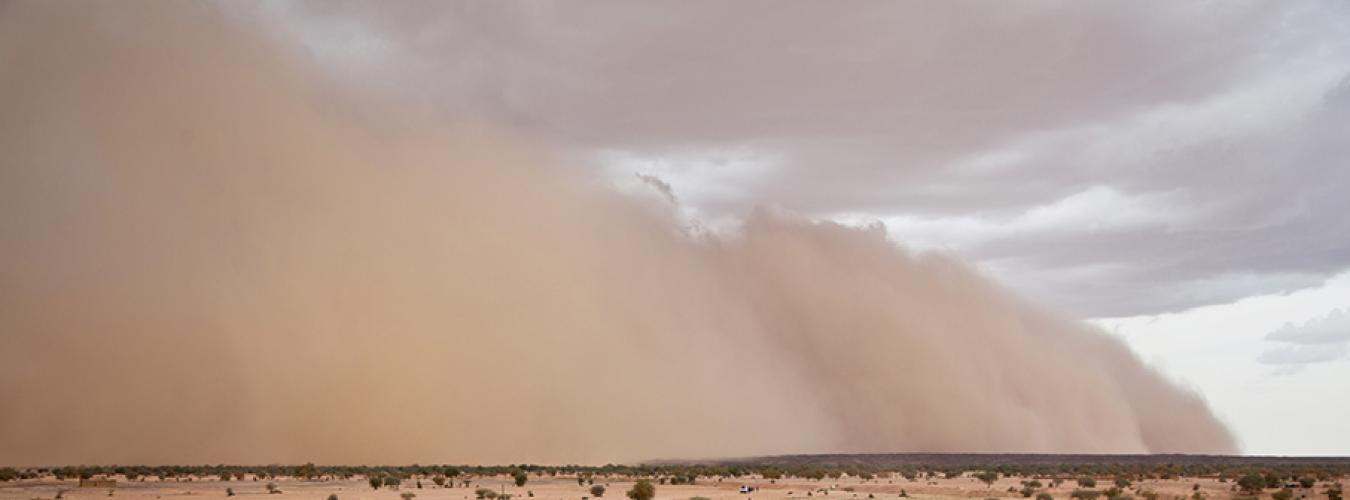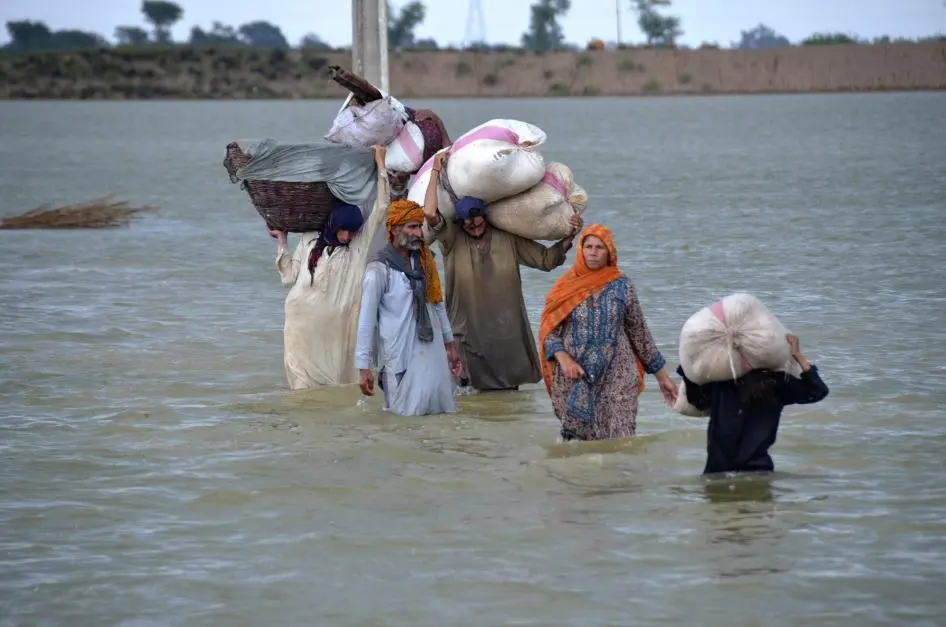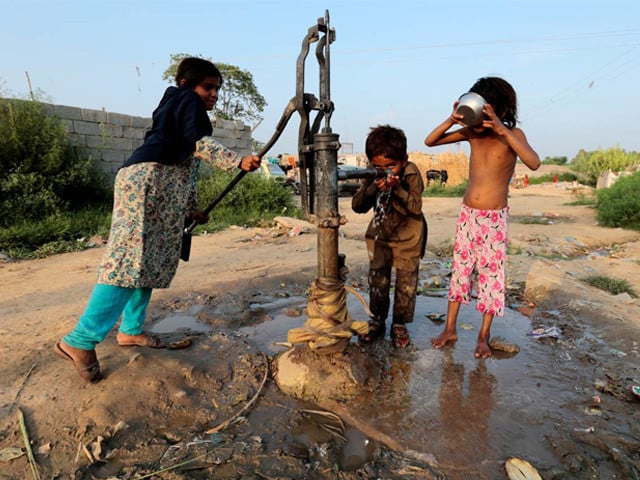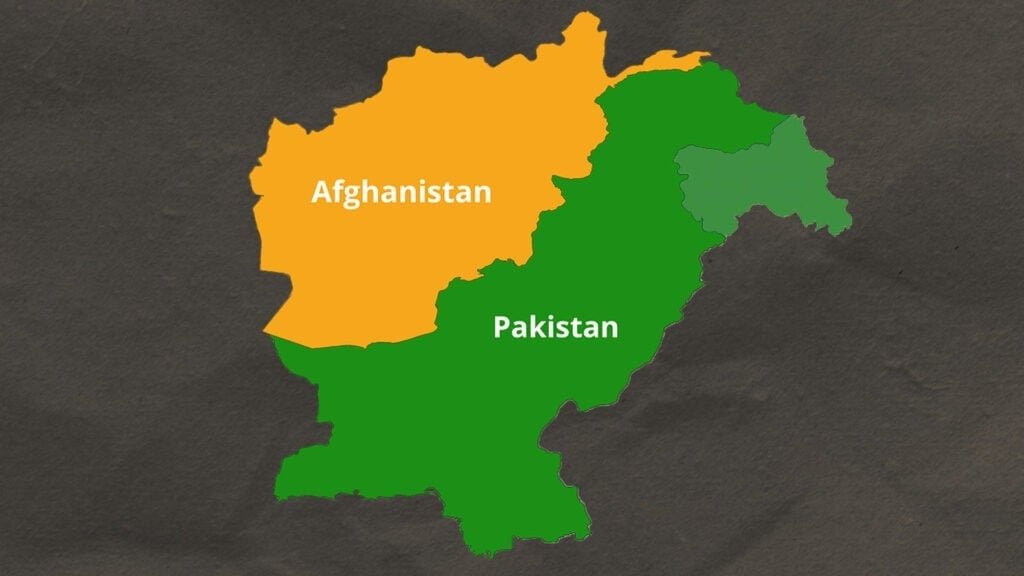Khalid Waqar Chauhan
Each year, approximately 2 million tonnes of sand and dust are carried into the atmosphere. While most of this sand and dust originates in dry and desert regions, it can travel over long distances and affect areas far from its source. As these particles circulate through the atmosphere, they provide essential nutrients to marine ecosystems. However, they can also pose various risks, contributing to coral mortality and even impacting hurricane formation.
The health impacts of sand and dust storms (SDS) are a significant concern. These events can cause respiratory diseases, heart disorders, and irritations of the eyes and skin. Moreover, they have the potential to spread other diseases, such as meningitis. Beyond health concerns, SDS can disrupt both aviation and ground transportation and can significantly impact agricultural practices and productivity. They can even contribute to desertification processes.
Addressing the impacts of SDS requires a comprehensive approach. Sustainable water and land management practices can play a crucial role in mitigating the effects of sand and dust storms. By implementing these practices, it is possible to reduce the wide-ranging impacts of SDS on human health, transportation, agriculture, and the environment.
Sand and dust storms are natural phenomena that can cause significant impacts on the environment, health, agriculture, livelihoods, and socio-economic well-being. These storms play a role in the Earth’s natural bio-chemical cycles, but human-induced drivers such as climate change, unsustainable land management, and water use also contribute to their occurrence. Sand and dust storms can exacerbate climate change and air pollution, leading to widespread challenges in achieving several Sustainable Development Goals (SDGs).
These storms, with their global reach, affect both developed and developing countries, posing severe challenges to achieving SDGs such as zero hunger, health, water and sanitation, economic growth, sustainable cities, climate action, and biodiversity conservation. Human activities are responsible for at least 25% of global dust emissions, with desert dust doubling in some areas during the 20th century. The pervasive impact of sand and dust storms is difficult to control, as human activity in one region can trigger these storms in another area. This underscores the urgent need for global cooperation and action to combat these storms.
It’s important to note that just as human activities contribute to sand and dust storms, human actions can also help mitigate their occurrence. Implementing sustainable water and land management practices can play a crucial role in reducing the impact of sand and dust storms. By addressing the human-induced drivers contributing to these storms, we can work towards minimizing their widespread effects on human health, transportation, agriculture, and the environment. This highlights our collective responsibility and the power of our actions in addressing this issue.
The International Day of Combating Sand and Dust Storms was proclaimed by the United Nations General Assembly on 12 July (A/RES/77/294), recognizing that sand and dust storms and their negative impacts are issues of global concern. The General Assembly emphasized the importance of international cooperation to prevent, manage, and mitigate the effects of sand and dust storms. This involves enhancing early warning systems and sharing climate and weather information to forecast these storms accurately. Additionally, the General Assembly highlighted the need for a better understanding of the severe multidimensional impacts of sand and dust storms. These impacts include the deterioration of the health, well-being, and livelihood of people, increased desertification and land degradation, deforestation, loss of biodiversity and land productivity, as well as their threat to food security and sustainable economic growth.
Responding to General Assembly resolutions on combating sand and dust storms, the United Nations Convention to Combat Desertification (UNCCD) Parties officially launched the UN Coalition on Combating Sand and Dust Storms. This commitment by the UN System emphasizes a proactive approach to combat sand and dust storms and aims to enhance cooperation and coordination on these storms at the global, regional, and sub-regional levels. The UN’s leadership in this area provides reassurance and confidence in the global response to this issue.
The UN Coalition on Combating Sand and Dust Storms has a clear mandate. It is committed to promoting and coordinating a collaborative UN System response to sand and dust storms. Additionally, the coalition aims to facilitate the exchange of knowledge, data, and best practices among members to promote effective and coherent actions on sand and dust storms across the UN system and beyond. Moreover, the coalition seeks to encourage and promote collaboration on initiatives and actions among its members, including advocacy and funding initiatives. Furthermore, the coalition aims to facilitate dialogue and collaboration among affected countries and the UN system to collectively address sand and dust storm issues. Lastly, the coalition is committed to facilitating the capacity-building of member states, raising their awareness, and enhancing their preparedness and response to sand and dust storms in critical regions.















